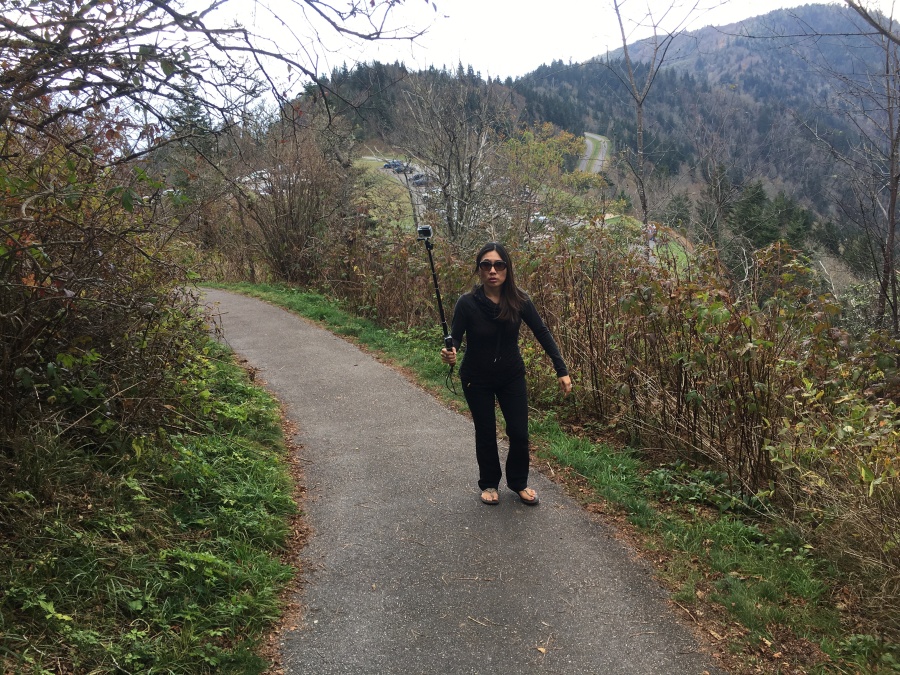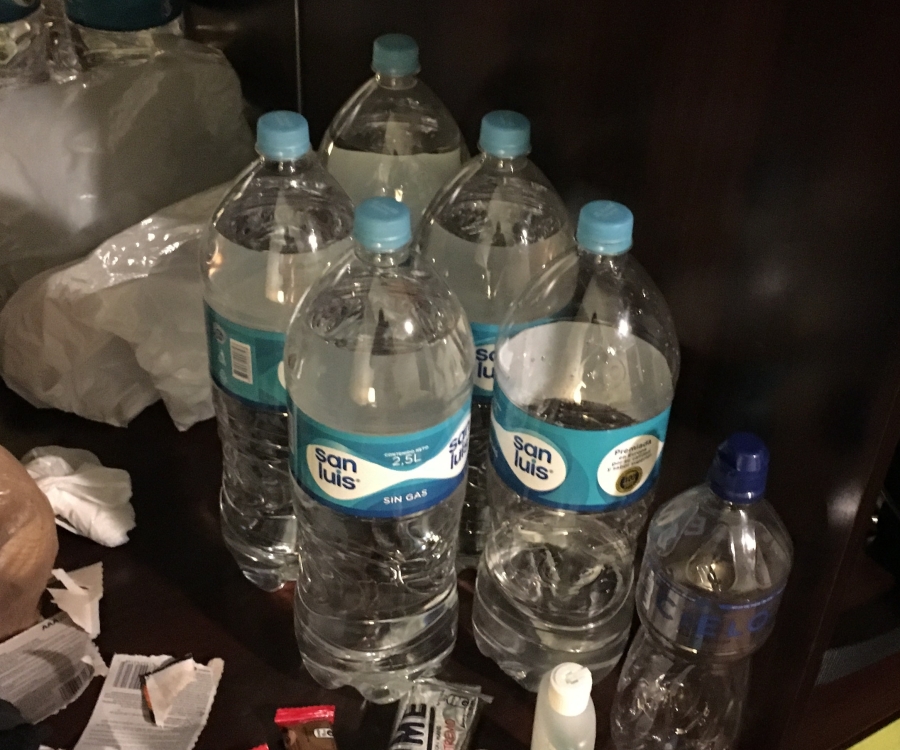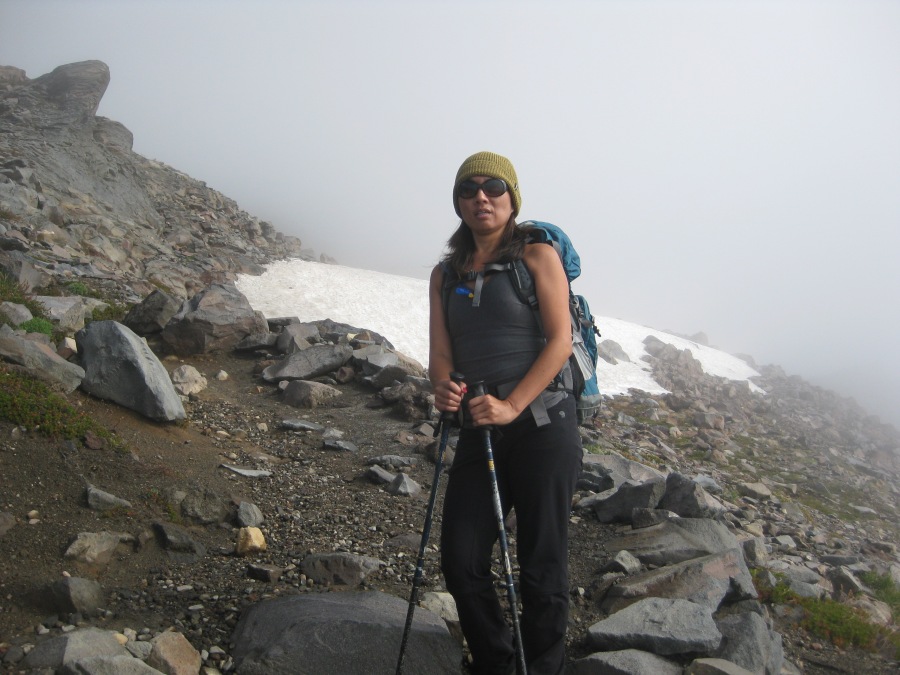Hiking guides and blogs exist in proliferation, each created by self-professed authorities on the subject of the outdoors. And almost every one inevitably has a section named something to the effect of, “What every hiker NEEDS to bring with them on every hike.”
The problem with many of these lists is that they look like the supply manifest from Scott’s final Polar expedition. Hat, gloves, pocket-knife, warm layers, insect repellent, sunglasses, sun screen, map, compass, signal mirror, first aid kit, etc etc etc. By the time you load up on all the ‘essential’ gear your pack is going to be over twenty pounds and you haven’t even added in water (arguably the most essential gear) tent and sleeping bag.

What do I really need to bring with me for a hike?
Experience has taught us that that there is no uniform kit that a hiker should bring for all situations, because there is no uniform set of conditions. In fact, our argument would be to dispense with a generalized list of equipment altogether. In all cases, you should prepare specifically for the place you are going, the things you will be doing and the conditions you are likely to see.
Our rule of thumb is called the One Mile Rule. Are you going more than one mile into the wild? (‘wild’ being loosely defined as unpopulated areas where help and services will not readily be found.) If the answer is yes, then you must take SOME steps to properly prepare before doing so. The preparations will obviously vary depending on a number of factors, so begin by considering the factors which will influence the hike. Ask yourself the following five questions:
Where am I going?
What am I going to be doing?
How long am I going to be out?
What conditions am I likely to see?
How might things go wrong, and what might be REALLY useful to have in that situation?
Then, instead of asking what to bring, ask yourself what you DON’T need to bring.
For example, let’s take a person hiking three miles along a very well-marked loop trail in the White Mountains of New Hampshire, near a road, in early fall, with minimal elevation gain, in good weather.
Where am I going? The woods, basically.
What am I going to be doing? A light walk.
How long am I going to be out? Two hours, tops.
What conditions am I likely to see? Worst case…rain and 40 degree temps.
How might things go wrong? Worst case…an injury prevents me from getting back to the car.

What are the things you are likely to need for this expedition? Instead of asking what we need to bring let’s establish what we don’t need to bring.
Well, we’re not staying the night so we don’t need a tent, sleeping bag or a stove. We also don’t need climbing rope, ice ax, etc. You get the picture. We’re not climbing Everest here.
How about warm clothing? Well, the weather is forecast to be good and the sky is clear, but freak weather can happen. You might need a sweater. A rain layer would be advisable; it would be better to stay dry if you could.
Boots? Light hiking shoes will do.
How about a hat, mittens…? You might take a baseball cap.
How about a map and compass? The trail is well marked, the road is near. If you get lost, this is not likely to end up a fatality. But let’s take the compass anyway, it weighs almost nothing and may come in handy. The biggest danger getting lost in a situation like this is, you start walking in the wrong direction, AWAY from where you think the road is. The compass might prevent that.
How about a space blanket? Sure, weighs all of two ounces so why not. Things that are very light weight and take up almost no space are okay to bring even if they are not likely to be used. Just don’t start bringing too many.
How about a fire starter? That’s always Rule Number One in the survival manuals. Doesn’t Bear Grylls ALWAYS carry a means of starting fire?
Yeah, but, you’re not Bear Grylls. Sure, a lighter could help start a fire, but it is ONE of about six or seven things you would need to get a fire going. If you are injured, how are going to get tinder and fuel? If the ground is wet, even a lighter will not be much use getting a fire going. Any piece of survival equipment is only as good as the skill of the person using it.

In this scenario the chances of matches or a lighter helping you simply aren’t that great. But…let’s bring a lighter anyway. It can give you peace of mind and it weighs almost nothing.
How about a medical kit with a forceps, ace bandages and Sam Splint? What are the chances you will be dealing with a compound fracture on a three-mile day hike? Leave it at home.
You don’t need a flashlight, right? You’re not staying the night. Ah…But a light source is something that COULD come in handy if things were to go wrong — say, if you were forced to ride out the night. A light source would be both very helpful and very easy to engage. You don’t need to rub two sticks to get a flashlight going. You just press a button. So, bring a light source. Our advice would be a very lightweight headlamp, which allows you to keep your hands free. And spare batteries.
NEVER go more than one mile into the wild without a light source. If you can’t see, you can’t do. And…Batteries die at inconvenient times. Don’t forget the spares.
How about a pocket knife? Again, you are not likely to need it, but it doesn’t take up much space and could be useful, so bring it.
Bug spray? You’ll need it, but I’d put some on and leave the can in the car. Sunscreen? Sunglasses? For a three-mile hike in the woods, debatable you even need it…but I have very fair skin so I’m putting in on in the car. I don’t think I need to take the whole bottle.
Water. Do I really need to bring water for a three mile walk?
YES YOU DO. Never go more than a mile into the wild without it. I would bring about a liter. For this hike, a plastic bottle will suffice. But a good hydration system is better.
The most important survival gear in all situations is water. There is no climate, location, or situation where the lack of it will not affect you, and eventually kill you.

And…A good hydration system is one that makes it easy to drink on the move. A bad one is one that discourages you from drinking (makes you stop, take off your pack, etc.)
Do I need a GPS? Probably not. If you get lost, the compass will point you back to the road and you don’t have far to go.
A cell phone? A VERY useful piece of equipment if it works. It could be used to call or text for rescue, or function as a GPS, or as a compass, or even to download information about a trail. Again…IF it works. If you can’t get a signal you can’t call for help, and if the battery dies, it’s worthless except as a paperweight. Technology Is The Work Of The Devil (TITWOTD), but it can save your life, too. NEVER become dependent on it.
Truth is, on a three-mile hike near a road the phone may be your best piece of survival equipment. I would bring it for the camera alone and keep it in a waterproof bag.
So let’s check our gear list:
Sweater, rain gear, hiking shoes, a compass, space blanket, head lamp, lighter, pocketknife, a bottle of water, your mobile phone, a couple Ziplock bags and a small pack to put it in. That’s it. You are ready for a very pleasant walk in the woods.

Now, let’s pause for a moment and be devils advocate. What if things got REAL bad? I mean, the temperature COULD drop 40 degrees and it could start snowing, such things have happened in New Hampshire. Wouldn’t it be better to be prepared for it?
Yes, it would. But…to be FULLY PREPARED for ANY eventually that the New England backcountry could throw at you would require 30 pounds of gear, minimum. AND the skills to use it.
Here is where opinions and advice inevitably diverge. The amount and types of risks that a given person is willing to put with vary widely. My answer is, you can’t reasonably be ready for everything all the time. The key is to be REASONABLY PREPARED. Is the hiker above reasonably prepared for a modest three-mile excursion in the woods? I think the answer is yes.

Let us consider a second scenario: A hiker is setting out an a 7-day hike on the Colorado Trail in summer.
Where am I going? WAY up in the mountains and out into serious backcountry.
What am I going to be doing? Very strenuous climbing, at altitude, followed by nights of camping; doing this day after day, plus camp chores and general keeping out of harms way.
How long am I going to be out? A week. Realistically it could be longer.
What conditions am I likely to see? Heat, cold, rain, wind, freezing temperatures, even snow. Afternoon thunderstorms are almost a given. There could be long distances between water sources. Altitude will be a factor.
How might things go wrong? Laundry list here. Hypothermia, dehydration, mechanical injury, water crossings, lightning strikes, general fatigue, injury, altitude sickness and simply running out of supplies.
The list of gear required for this hike will be TOTALLY Different than for the 3 miles day walk in the woods, because…
- The hike is longer
- The terrain is tougher
- It is more exposed to the elements
- You need bring enough food for seven days
- You need to bring shelter to spend the night
- There is a greater variety of things nature will throw at you
- If you get lost, you may walk days to find a road
- Even knowing what direction is which may not be enough
- You may need to build a fire to dry out clothes or yourself
- There may be dangerous animals
- Etc etc etc. There’s just no shortage of things the Rocky Mountains will throw at you in seven days. You are going to have to carry a LOT more equipment.
To be REASONABLY PREPARED for the Rocky Mountains, you need a lot of gear, a lot of supplies, a lot of skill, a lot of experience and a lot of physical stamina. Thus you have to think VERY CAREFULLY before embarking on such a venture. You cannot leave this up to luck and chance.

